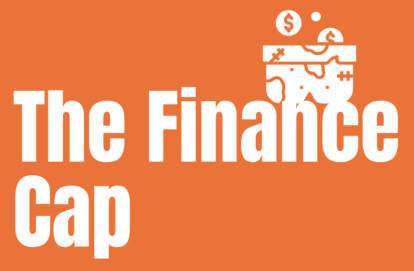The Finance reCap – Week of October 28, 2024
I’m going to start publishing these blogs on a weekly basis, so this is the first of many to come! The Finance reCap will provide a weekly overview of current news and events regarding the US’s financial outlook, and will keep you informed on the week ahead. Now that that’s explained, let’s get to the news!

1. U.S. GDP Growth Surges in Q3
The U.S. economy showed remarkable resilience in the third quarter of 2024, with GDP growth reaching an estimated 4.1%. This is a strong improvement from Q2’s 2.1% growth, fueled by increased consumer spending, stronger export performance, and a recovery in the employment sector. The growth provides a positive outlook, yet it also pressures the Federal Reserve to carefully weigh its monetary policy as it seeks to balance economic growth with inflation control.
2. Core Inflation Pressures Remain
The Core Personal Consumption Expenditures (Core PCE) price index, a key indicator for the Federal Reserve, has shown a slight increase in consumer spending for September, while other inflation indicators remain above the Fed’s target rate. This inflation reading comes at a crucial time, as it could guide the Fed’s next moves on interest rates. As the Fed seeks to curb inflation back to its 2% goal, the current inflationary pressures highlight challenges in achieving this target without slowing economic growth.
3. The Employment Landscape and Hiring Trends
Hiring trends have seen a gradual cooldown, likely influenced by consecutive rate hikes over the past two years. Recent data shows a stabilization in the job market, but concerns over a future slowdown remain, especially as hiring trends typically follow the broader economic outlook. Employment metrics are important as they impact both consumer confidence and spending, which are essential drivers of economic growth.
4. Impact of Interest Rate Hikes on the Financial Sector
Financial institutions are preparing for potential economic shocks, as the Federal Reserve maintains higher interest rates to combat inflation. The high interest rates have increased borrowing costs, affecting sectors dependent on credit, such as housing and automotive industries. Additionally, Richmond Fed President Thomas Barkin has hinted that interest rate cuts may be delayed longer than anticipated, given the persistence of inflation.
5. Market Volatility and Investor Sentiment
Market analysts and investors are closely watching upcoming financial data releases and corporate earnings, which could introduce volatility across major indices like the S&P 500 and Nasdaq. The preliminary October S&P Global Manufacturing and Services PMI reports signal caution, with the potential to move markets significantly based on the strength or weakness of these sectors. The upcoming economic events could reveal insights into consumer demand and corporate health, crucial for market stability.
6. Global and Domestic Factors Affecting U.S. Financial Markets
International factors such as the European Central Bank’s latest interest rate decisions and ongoing concerns over global manufacturing slowdown are impacting U.S. markets. Global uncertainty, especially regarding supply chain resilience and geopolitical tensions, has compounded pressures on U.S. businesses. These external factors contribute to an unpredictable financial environment as the U.S. economy navigates its recovery path amid global challenges
In summary, October 2024 has proven to be a pivotal month for the U.S. economy. While the strong Q3 GDP growth provides a positive note, sustained inflation and the cautious stance of the Federal Reserve indicate ongoing challenges. Market participants, businesses, and consumers alike will need to remain adaptive as they navigate these shifting financial tides.
